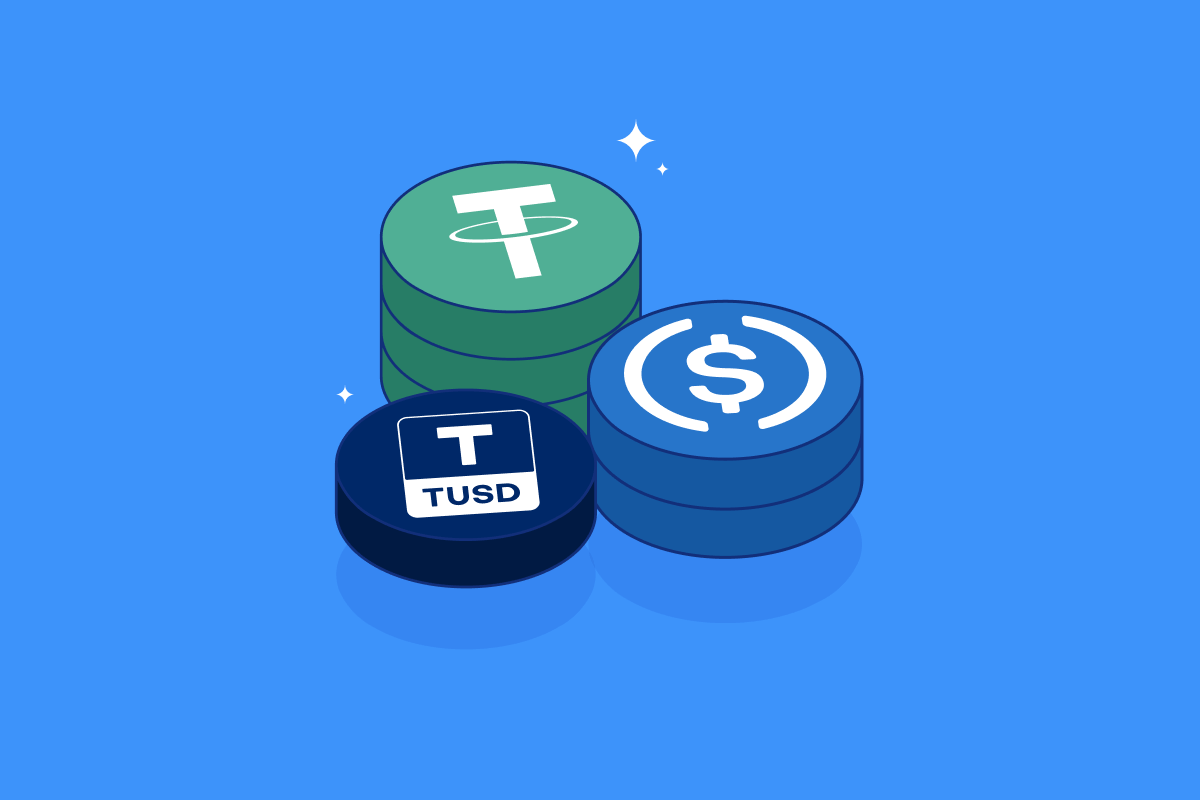Farming in Cryptocurrency
Farming in cryptocurrency, commonly referred to as “yield farming,” is a method of generating rewards with cryptocurrency holdings. It involves lending or staking cryptocurrencies in various decentralized finance (DeFi) protocols and platforms with the intent of maximizing returns on investment. Farming has gained significant popularity as investors seek to improve their earning potential in the rapidly evolving digital asset landscape.
Understanding Farming in Cryptocurrency
Farming is fundamentally tied to the DeFi ecosystem, which leverages blockchain technology to offer financial services without traditional intermediaries such as banks or brokers. In essence, users contribute their assets to liquidity pools, enabling various financial activities, and they receive rewards in return. The process is designed to be scalable and accessible, allowing users of all experience levels to participate.
Key Components of Farming
1. **Liquidity Pools**:
– A liquidity pool is a collection of assets locked in a smart contract. These pools facilitate trading and other financial operations by providing the necessary liquidity.
– When users deposit their assets into a liquidity pool, they receive liquidity provider (LP) tokens representing their share of the pool.
2. **Staking**:
– Staking involves locking up cryptocurrencies in a designated protocol to support network operations such as transaction validation, security, and governance.
– In return for staking, participants earn rewards typically distributed in the form of native tokens.
3. **DeFi Platforms**:
– DeFi platforms are decentralized applications (dApps) that enable users to lend, borrow, trade, and earn interest on their crypto assets.
– Some prominent DeFi platforms include Uniswap, Compound, and Aave, each offering unique features and yield farming opportunities.
Mechanics of Yield Farming
Yield farming operates through several steps that users must understand to optimize their rewards:
1. **Deposit Assets**:
– Users deposit their cryptocurrencies into a liquidity pool on a DeFi platform.
2. **Receive LP Tokens**:
– In return for their contribution, users receive LP tokens that serve as proof of their stake in the liquidity pool.
3. **Earn Rewards**:
– Users earn rewards based on the amount of liquidity they provide and the trading volume within the pool. These rewards can be reinvested or withdrawn.
4. **Harvesting**:
– The process of collecting rewards is known as harvesting. Farmers can choose to sell or reinvest their rewards into other farming opportunities.
Risks Associated with Farming
While farming can provide substantial returns, it also comes with various risks that participants should consider:
1. **Impermanent Loss**:
– This refers to the potential loss of value that occurs when the prices of the assets in a liquidity pool diverge. If one asset’s price rises significantly while the other falls, users may lose money compared to simply holding their assets.
2. **Smart Contract Vulnerabilities**:
– DeFi platforms operate using smart contracts, which, if poorly coded or audited, can expose users to hacking and exploitation risks.
3. **Market Volatility**:
– The cryptocurrency market is notoriously volatile. Farmers face the risk of not just impermanent loss, but also abrupt market shifts that can significantly decrease the value of their staked assets.
4. **Regulatory Risks**:
– The evolving regulatory landscape surrounding cryptocurrencies poses additional risks. Changes in regulations could impact the functionality or legality of particular DeFi services affecting farmers.
Benefits of Yield Farming
Despite the associated risks, yield farming presents numerous benefits, attracting users to participate:
1. **High Returns**:
– Yield farming can provide much higher returns than traditional investment vehicles such as savings accounts or bonds due to the nature of decentralized finance.
2. **Passive Income**:
– Farmers can generate passive income through the rewards accrued from staking or providing liquidity without needing to actively manage their investments.
3. **Token Incentives**:
– Many DeFi platforms offer additional incentives in the form of governance tokens, allowing users to influence the platform’s future and operations.
4. **Community Engagement**:
– Participating in yield farming fosters a sense of community engagement as investors often support platforms and projects they believe in, contributing to the growth of decentralized finance.
Conclusion
Farming in cryptocurrency represents a revolutionary approach to generating returns on digital assets, riding the wave of decentralized finance’s growth. While it holds great potential for earning high returns, participants must remain vigilant about the inherent risks and challenges. As the DeFi ecosystem continues to evolve, farmers must stay informed and adapt to new strategies and opportunities to maximize their investment returns. Knowledge and due diligence are the keys to successful yield farming, allowing investors to navigate the complexities of the cryptocurrency landscape.



Knaken Cryptohandel B.V. has applied for a MiCA license from the Netherlands Authority for the Financial Markets (AFM). This application is currently being assessed by the AFM.
Investing in crypto-related products involves significant risks.















